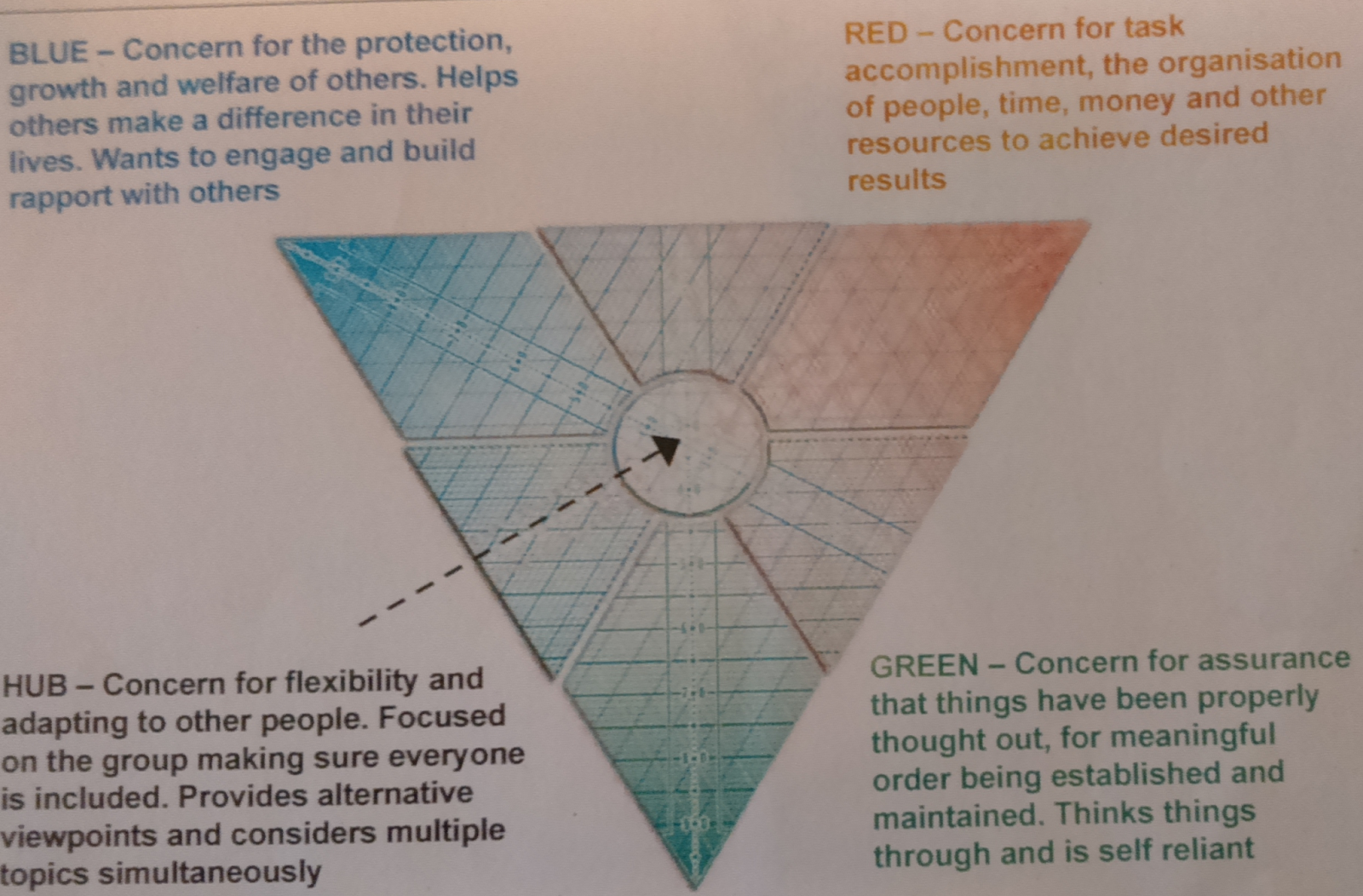Continuing with my psychometrics journey in self-reflection...
In 2010 I put myself on the job market in the UK before deciding to leave the life I built up there from ten years, and just return back home to South Africa. So I took a stab at applying to the BBC. At the time, the BBC was moving much of its organisation from London to the north Manchester, Salford Quays - they had hundreds of positions available. I actually sat in one session going through five different positions.
I know now, that's not a good way to go about the job search, it had been a long time since I'd interviewed, I came off the biggest project delivery, and was confident in my chameleon-like abilities of taking on multi-disciplinary roles.
Anyway, the BBC had at the time, a long and intense filtering process, starting with email and telephonic conversations, a formal write-up to respond to scenario & experience-project-based questions, and an online assessment exercise, that lasts between two-five hours, with all sorts of profiling: pattern recognition, maths, scenario-based questions, video simulation, the works. Once you past that hurdle, your results are reviewed, and then if you're lucky, you get called in for the interview.
I tried to follow-up with BBC on their specific tools-set they used for their profiling. This was their response at the time:
As requested, please find attached feedback following your application for a role at BBC North. This has been generated automatically based on how you have responded to the questions as part of the online assessment. The assessment and feedback has been created using software developed by a company called Previsor (www.previsor.co.uk), who specialise in selection tools.A key part of how we’re recruiting for BBC North is looking at the behaviours of applicants and whether they match the ones that we feel are important in our employees. Our online assessment is therefore based on finding out about your preferred working style and how well this matches our requirements.We hope the feedback is useful to you.
This company, Previsor merged with SHL and are still in the business of providing organisations with talent assessment tools.
The report that was generated for me, had this to say:
This report is designed to give you information about your relative strengths and weaknesses on the competencies known to be important for success in this type of job. In addition, the report provides valuable on-the-job tips and suggestions to help you excel in the workplace.
The score that you receive describes how your responses compared against our database of responses consisting of your peers. The assessment that you have taken has been scientifically validated by up to 30 years of statistical data collection and analysis. People who score higher on the dimensions tend to perform better on the job in the key areas outlined in the report.
What annoyed me was that there wasn't any indication of the relative errors in the report, that the results are based on theories, instead it assumed a validity of correctness that I found a little unsettling, because it assumed to "know me", since some of the findings reported were totally off, as you shall see below (see Flexibility & Resilience commentary).
In summary, I did fit into BBC's style, as the report concluded:
Situational Judgement
This is a measure of the degree of
alignment between one's approach to resolving work-related issues and the
expectations of BBC. This is characterised by responding to work-related
scenarios in a way that promotes original thinking, connecting with audiences
and communities, being open to new ideas, taking responsibility for decisions
and actions, and displaying a can-do attitude when faced with obstacles.
Your responses to the work
scenarios demonstrated a high level of match with the judgements and behaviours
looked for by the BBC. The BBC values and promotes original thinking,
connecting with audiences and communities, being open to ideas and
partnerships, taking responsibility, and having a can-do attitude.
I was placed in their talent pool for Senior/Technology-Manager roles.
See detailed report below...



